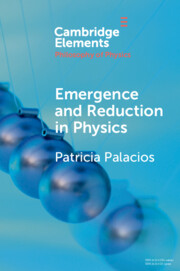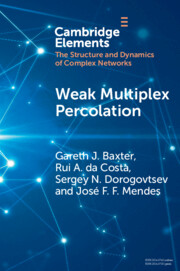We examine the effects of pure additive noise on spatially extended systems with quadratic nonlinearities. We develop a general multi-scale theory for such systems and apply it to the Kuramoto–Sivashinsky equation as a case study. We first focus on a regime close to the instability onset (primary bifurcation), where the system can be described by a single dominant mode. We show analytically that the resulting noise in the equation describing the amplitude of the dominant mode largely depends on the nature of the stochastic forcing. For a highly degenerate noise, in the sense that it is acting on the first stable mode only, the amplitude equation is dominated by a pure multiplicative noise, which in turn induces the dominant mode to undergo several critical state transitions and complex phenomena, including intermittency and stabilisation, as the noise strength is increased. The intermittent behaviour is characterised by a power-law probability density and the corresponding critical exponent is calculated rigorously by making use of the first-passage properties of the amplitude equation. On the other hand, when the noise is acting on the whole subspace of stable modes, the multiplicative noise is corrected by an additive-like term, with the eventual loss of any stabilised state. We also show that the stochastic forcing has no effect on the dominant mode dynamics when it is acting on the second stable mode. Finally, in a regime which is relatively far from the instability onset so that there are two unstable modes, we observe numerically that when the noise is acting on the first stable mode, both dominant modes show noise-induced complex phenomena similar to the single-mode case.
 $\boldsymbol{d}\boldsymbol\gt \textbf{8}$
$\boldsymbol{d}\boldsymbol\gt \textbf{8}$

















